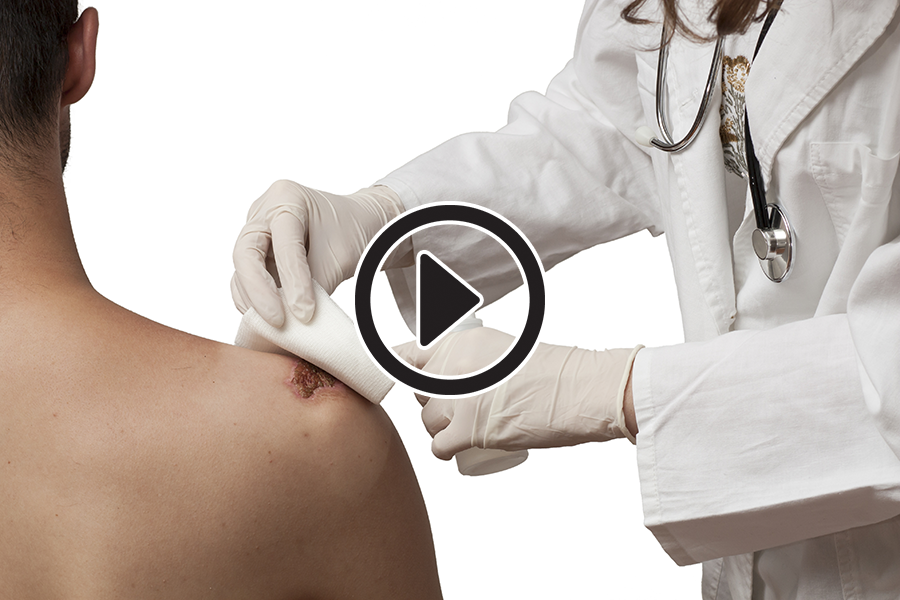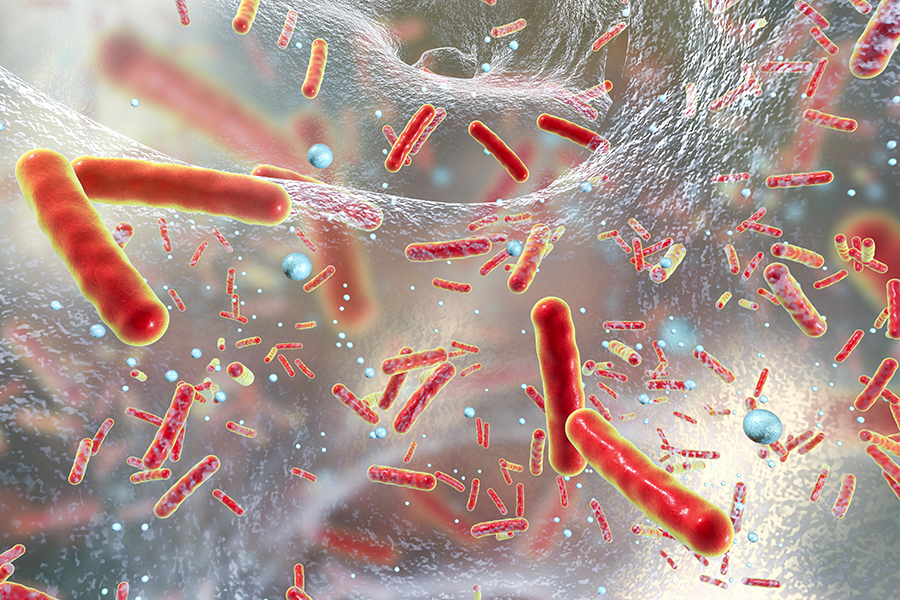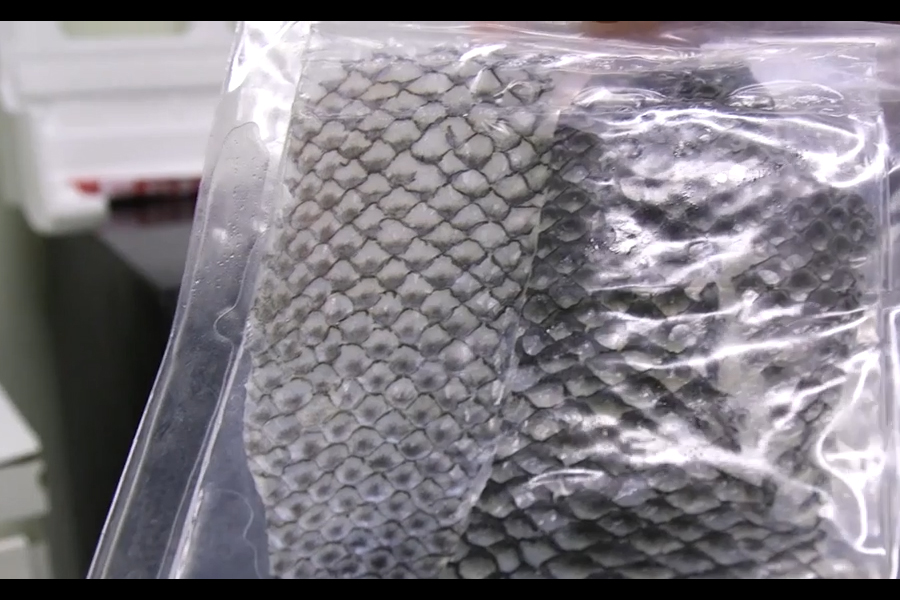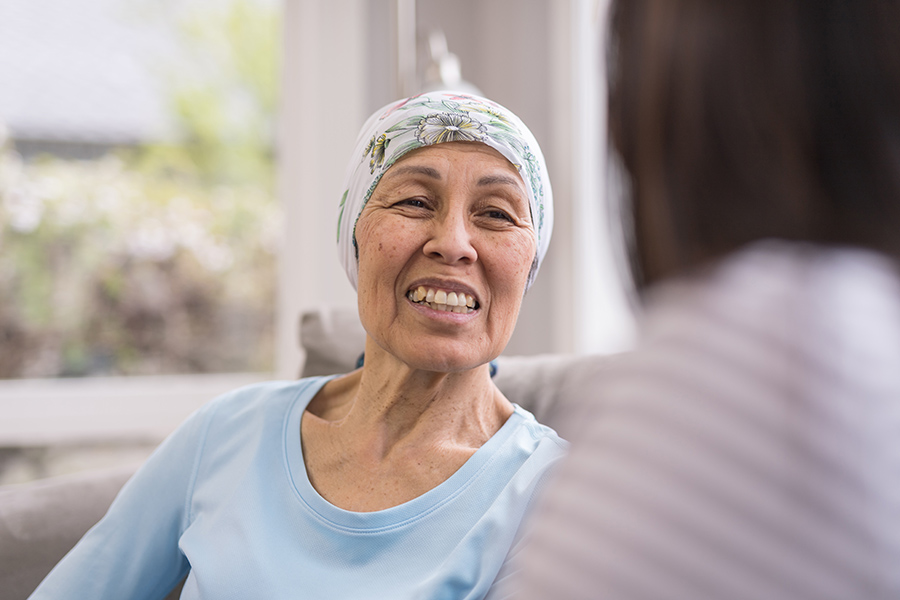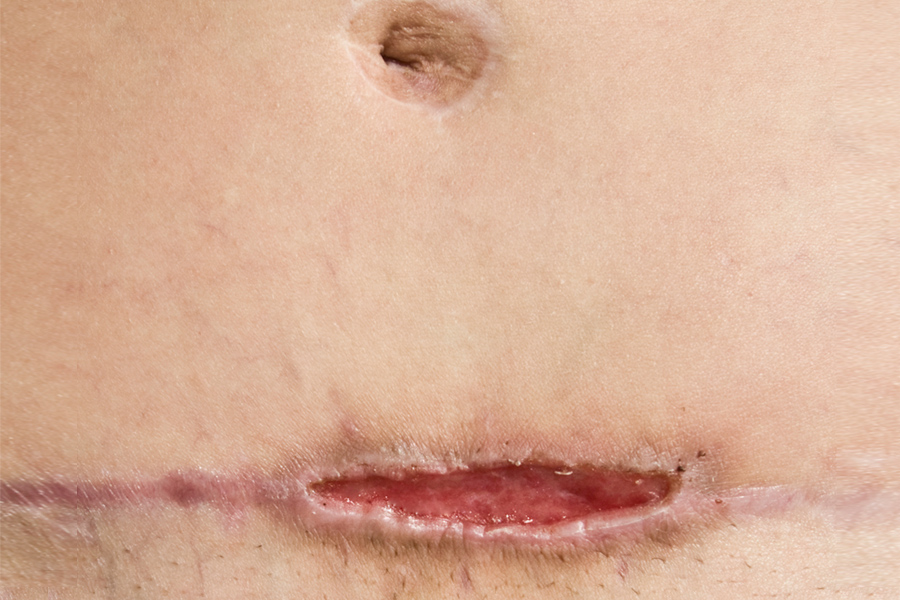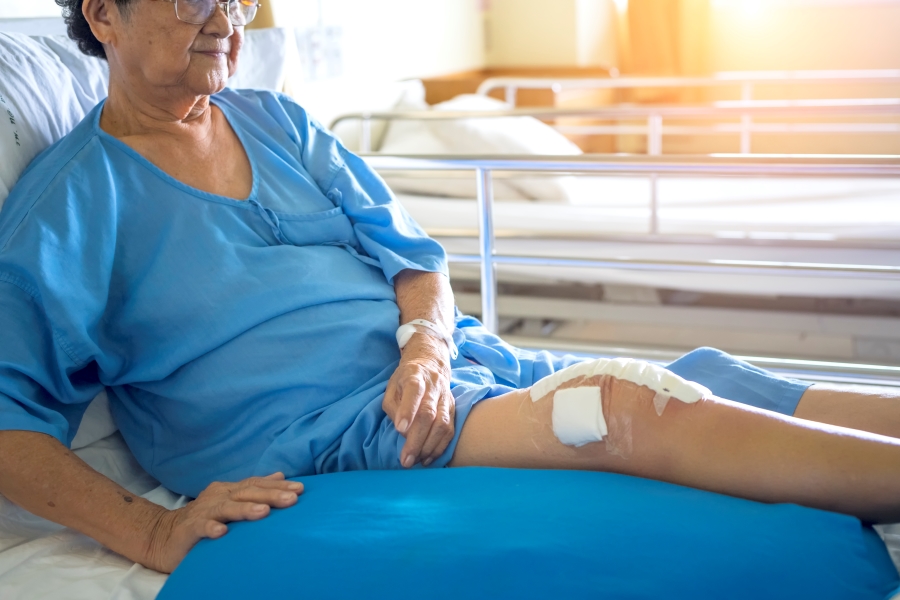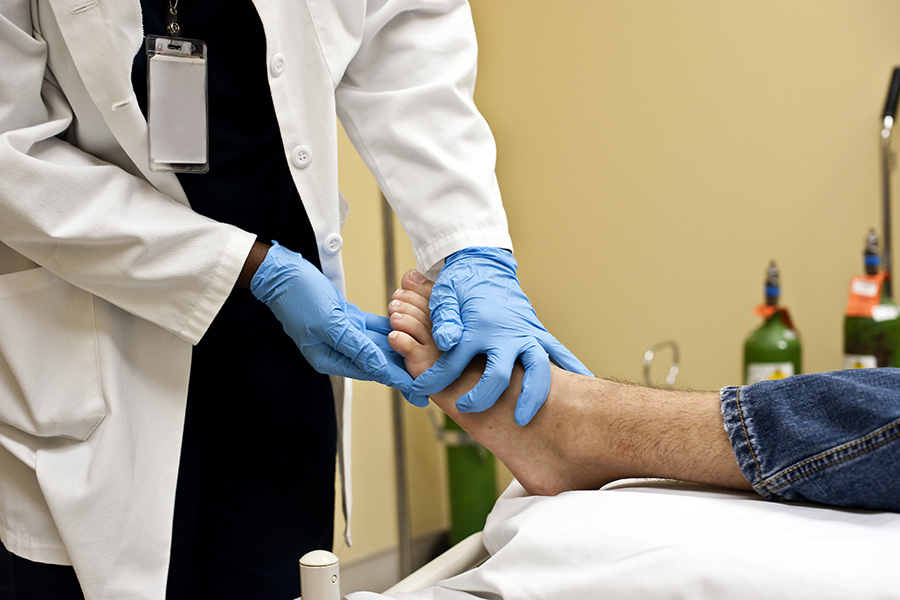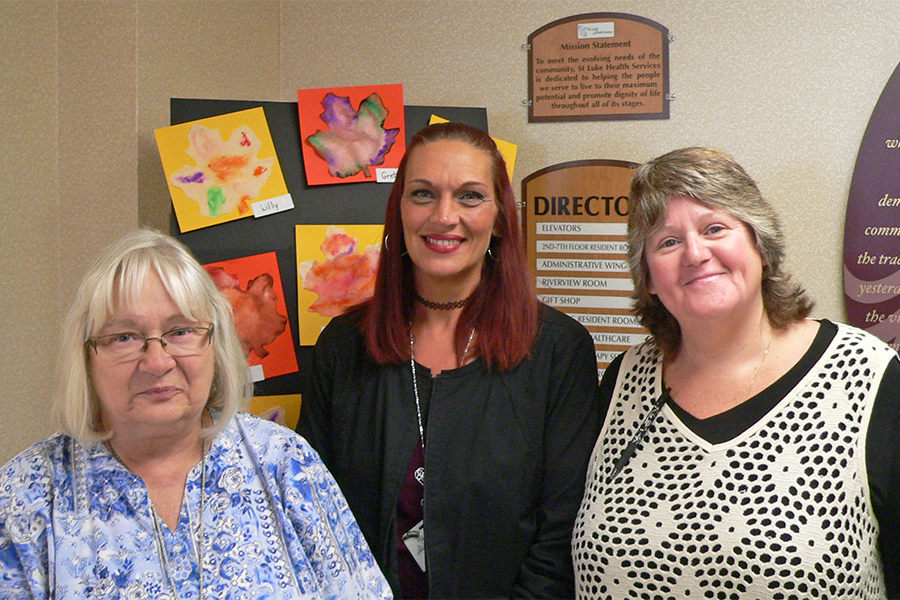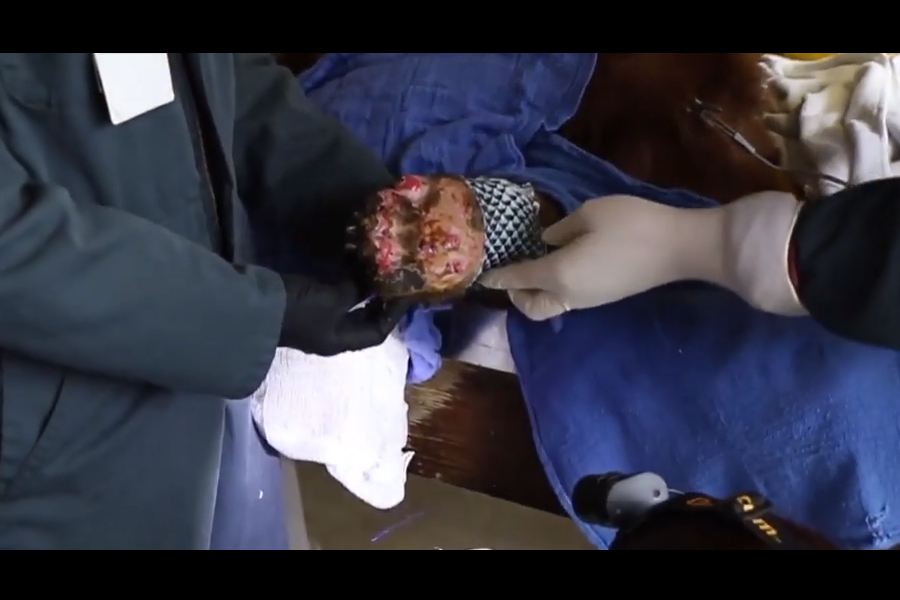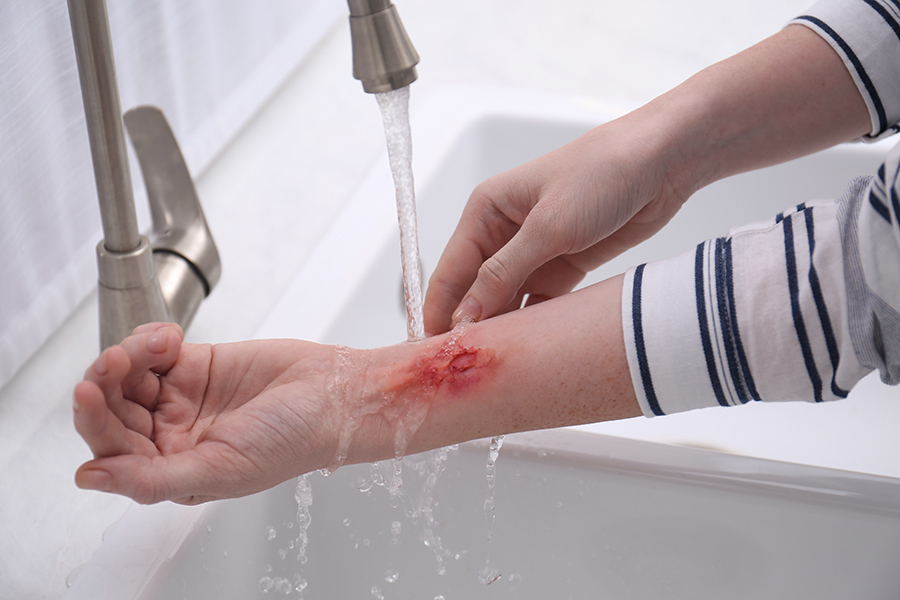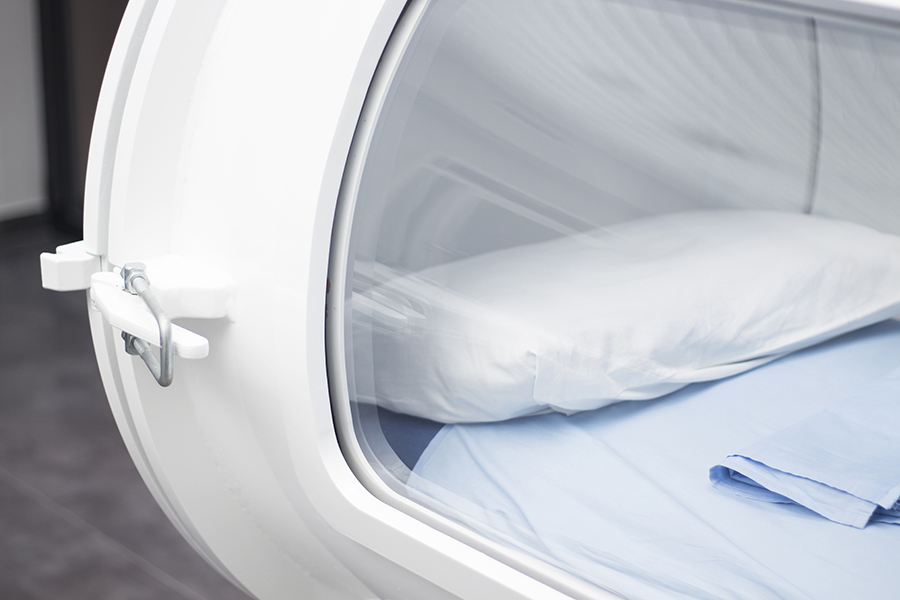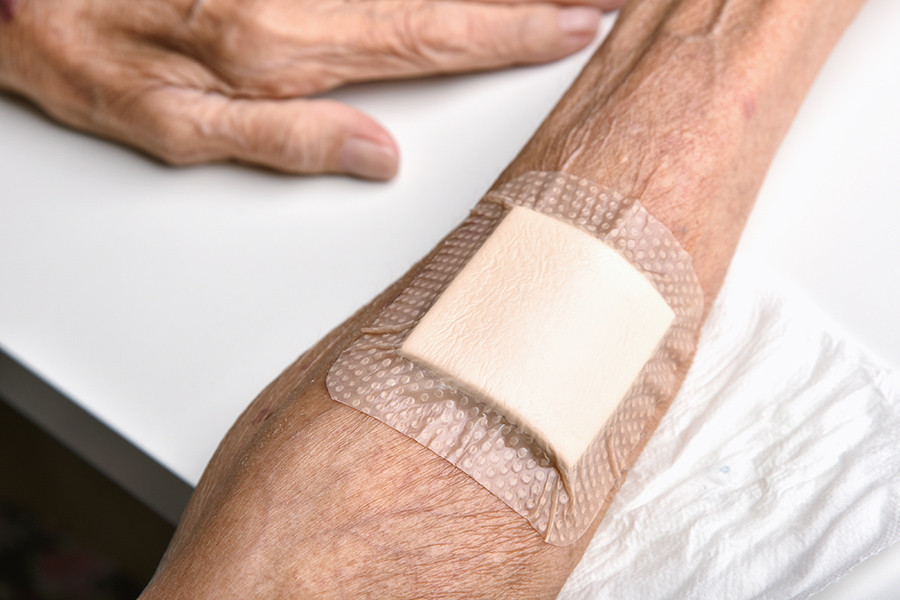A wound is a break in the outer layer of skin called the epidermis. Wounds are usually caused by cuts or scrapes. Different kinds of wounds may be treated differently from one another, depending on the cause and level of severity. The objective of proper wound care is to minimize the possibility of infection and scarring.
4 phases of the healing process:
1) Inflammatory phase: The inflammatory phase begins with the injury itself. Here you have bleeding, immediate narrowing of the blood vessels, clot formation and release of various natural chemicals into the wound that begin the healing process. Specialized cells clear the wound of debris over the course of several days.
2) Proliferative phase: In this phase, a matrix of cells forms. In this matrix, new skin cells and blood vessels will form. It is the new small blood vessels or capillaries, that give a healing wound its purple-red or pinkish appearance. These new blood vessels will supply the rebuilding cells with oxygen and nutrients to sustain the growth of the new cells and support the production of proteins (primarily collagen). The collagen acts as the framework upon which the new tissues build. Collagen is the dominant substance in the final scar.
3) Remodeling phase: This begins after 2-3 weeks. The framework (collagen) becomes more organized making the tissue stronger. The blood vessel density becomes less and the wound begins to lose its pinkish color. Over the course of 6 months, the area increases in strength, eventually reaching 70% of the strength of uninjured skin.
4) Epithelialization: This is the process of laying down new skin, or epithelial cells. The skin forms a protective barrier between the outer environment and the body. Its primary purpose is to protect against excessive water loss and bacteria. Reconstruction of this layer begins within a few hours of the injury and is complete within 24-48 hours in a clean, sutured wound. Open wounds may take 7-10 days because the inflammatory process is prolonged, which contributes to scarring. Scarring occurs when the injury extends beyond the deep layer of the skin.
When should I consult a physician about my wound?
If you are in doubt about the seriousness of the wound, consult your physician. Symptoms that require medical attention include:
- Any sort of pus or cloudy, creamy fluid Increasing redness around the wound
- Increased pain or swelling 48 hours after the wound occurs
- The wound won’t stop bleeding
- Fever
- Wound hasn’t healed in 10 days
- Numbness
- The wound is deep and you have not had a tetanus shot in the last 5 years









